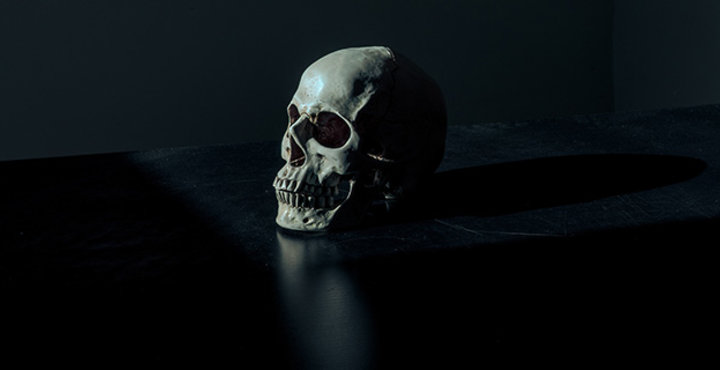You're sitting at your desk and the house is absolutely silent. A clock strikes midnight; the gong echoes throughout the house. Your breath quickens as you stare at the blank screen. A bead of sweat rolls down your brow. The phone rings. "When will it be done?" the voice on the other side queries. You scream.
Nothing's scarier than a bad case of writer's block.
With Halloween fast approaching, there are lots of scary stories and movies that come along with it, and with horror stories come horror tropes.
A trope is a convention commonly found in stories of similar genres. Horror stories are chock full of them! We've compiled a list of 13 to help you break that horrifying writer's block this Halloween. Your story will come to life in no time! Well, not literally, we hope (calm down there, Frankenstein).
- The Absurdly Ineffective Barricade trope is a great device for playing with tension, which, as all horror writers know, is the heart of any good horror story. If your character is blocking the door with a heavy metal cabinet and your monster makes the door look like Play-Doh, then the stakes are raised. How will Betty defeat this awful creature? Another way to play with this trope is to relieve tension in your story and add comic relief. Sorry, Betty, but I don't think that pile of books is stopping anyone.
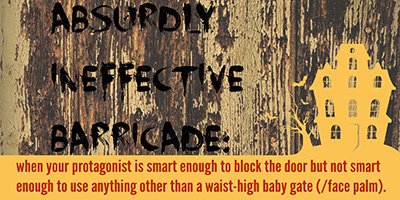
- The Afterlife Express is the trope for simply and effectively turning a normal story into a horror story. Maybe your protagonist spots a train with nobody on it and nobody knows where it goes, or maybe they hear an ancient story about how the train transports souls to the afterlife. It's a fun one to play with in ordinary settings and gives the stories an element of the supernatural. Alternatively, have the reader follow a recently murdered character aboard the train.
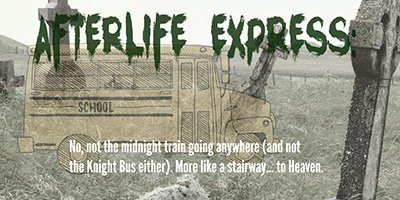
- Quick! Look to your left. That object is now trying to kill your protagonist. A mug full of hot coffee? A dusty old pair of leather boots? Anything can be creepy if you look at it the right way! That mug of coffee full of boiling water splashes as it slides across the wooden desk. Those dusty old boots click down the hallway when nobody else is home. Stranger objects have turned murderous in previous stories.
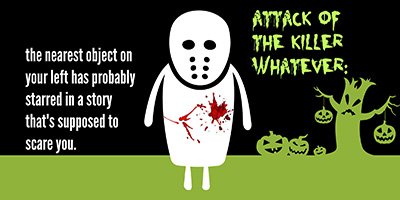
- Trying to get your character from point A to point B without putting your reader to sleep? Set a mysterious character on the side of the road and watch your protagonist’s internal struggle. Your character will pick up the hitchhiker for whatever reason; he or she is your protagonist, after all. But the secret? The hitchhiker is a ghost. This is commonly used like so: the passenger frequently complains of being cold, so the protagonist lends the passenger a jacket. The protagonist later learns that the passenger was dead all along, and upon visiting the gravesite, his or her very own lent jacket is draped across the tombstone. We just got goosebumps.
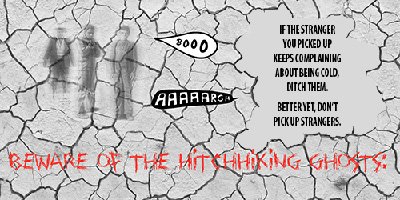
- A camp is a great setting for a horror story. A mix of frightened children and doubtful camp counselors in their stubborn teen years allows for an unending back and forth about the reality of the horrors at the campsite up until the moment when something absolutely terrible happens. Here's that moment. The counselor turns to the kids and whispers, "Camp Tecumseh isn't safe anymore." This simple line is great for demonstrating character change. Finally! The counselors realize that the children have been right all along, and now it's time to figure out how to survive. It also adds a wonderful taste of irony.
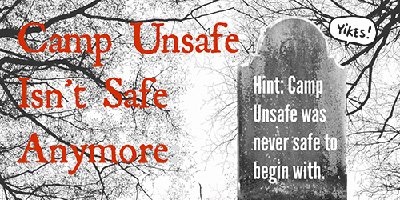
- Is your human antagonist just not scary enough? Do you need a visual cue to add imagery to your monstrous character? Just add long arms. Like grandma's apple pie, it's a simple but effective recipe. Nobody knows why it works, but it does, and it's a basic ingredient that will have your readers grabbing for more.
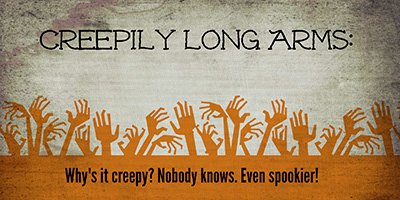
- This one's not scary. It can be if the monsters are leading your character into the afterlife with a waltz, but this one can be super fun to play with, especially if you like puns. Plus, if you actually want to make your antagonist more human or more likeable, then giving them a dance number can definitely help. After all, who doesn't love to dance?
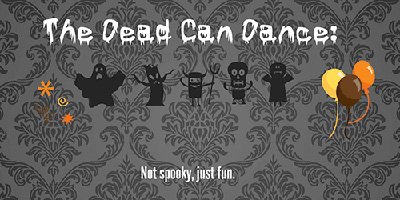
- Serial killers are old news. Breaking out the big guns will stir your reader back into being horrified. By giving your monster a little monster who follows in its murderous footsteps, you can provide a sense for just how evil your bad guy really is. This is also a good one to play with if you're a fan of the Ironic Nursery Tune trope, or Creepy Children Singing. The dissonance between the familiarity of the nursery rhyme and the actual content of the lyrics is scary enough. But how do children learn nursery rhymes? That's right. From their parents.
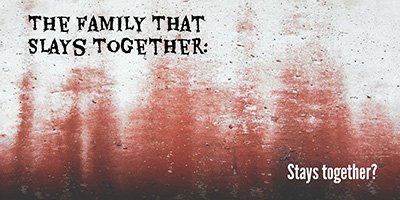
- I Hate You, Vampire Dad is another one of those devices that can be funny or tragic, so it can be used to your advantage in any way you need it. Maybe your teen vampire is sulking in his bedroom and hates his dad because he can't sleep all day anymore, or maybe your vampire is heartbroken because his human wife is dead and he faces immortality alone. In either case, this also serves to humanize your monster and generate sympathy from your reader.
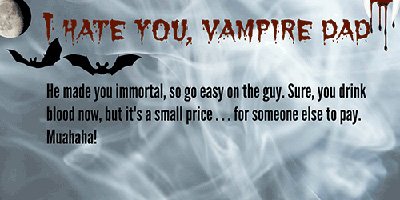
- So you're writing a zombie novel. Oops, not zombie, sorry. But the dead have become reanimated, so what are you going to call them? Calling them zombies only detracts from the realism of your horror story, which, of course, makes it less scary. Plus, by giving them your own name, you can alter the traits of your fictional monsters as opposed to using those already in place. Bonus: if you want to make your antagonist spookier, you can use this trope for any kind of monster.
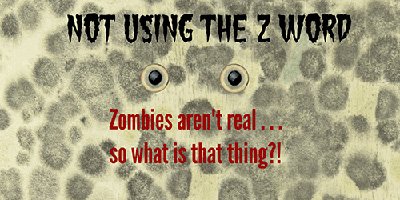
- The Shaggy Search Technique is named after the protagonist in Scooby-Doo. Writing a scene where the characters search for clues can be a struggle. If the scene lags in the middle, just have one of your characters stumble upon a clue or a bookcase passage. The stakes are instantly raised—where the heck did Shaggy go?
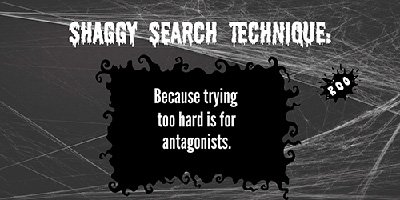
- The Stages of Monster Grief (denial, driven to suicide, defiance, acceptance, and betrayal) occur when a character has just been changed into a monster. Once your monsters have reached the final stage and view humanity as lower than themselves, they have achieved true "monsterhood."
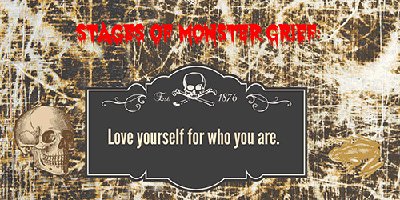
- Adding credibility to your spooky story makes it scarier, which is exactly what we're going for. A simple note at the beginning or ending of your story that states that it's "based on true events" is an easy way to frighten your reader. Even if it's not totally true.
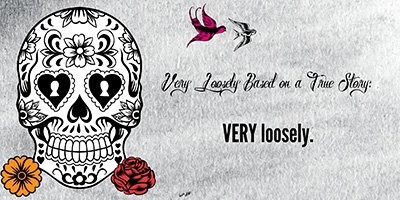
Spooky writer's block be gone! Playing with these simple and effective horror tropes will help breathe new life into the genre while still paying homage to your favorite stories. These writing tricks are sure to treat your readers to a story they can tell around the campfire.
Image source: Skitter Photo/Stocksnap.io

